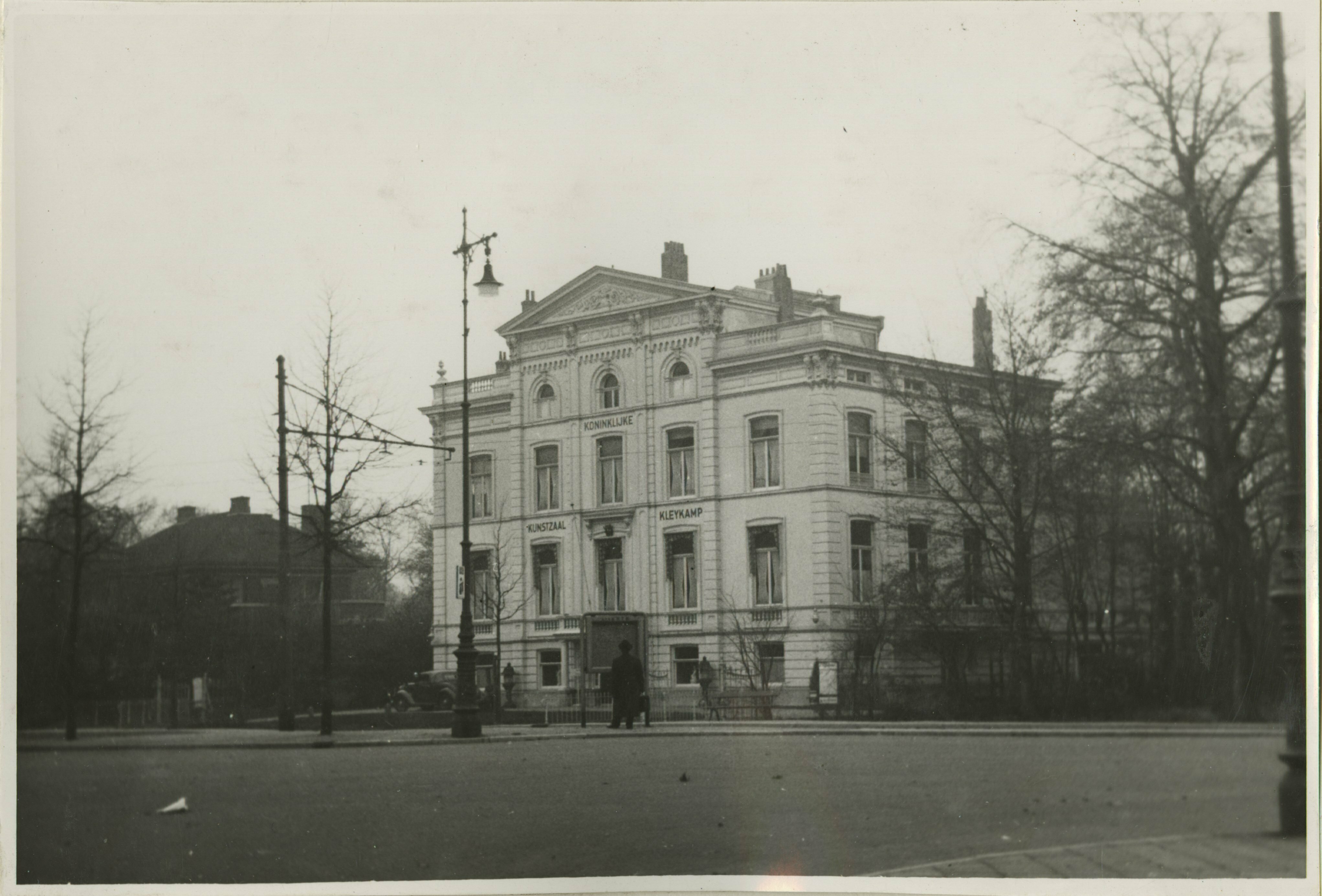State Inspectorate of Population Registers
The State Inspectorate of Population Registers was in charge of maintaining the central register of persons.

Kleykamp aan de Scheveningseweg, Den Haag
Fotograaf H.A.W. Douwes. Collectie Haags Gemeentearchief. Copyright: Status onduidelijk.
In the 'Kleijkamp building' on the Scheveningseweg, the Rijksinspectie kept all receipts of issued identity cards, accompanied by passport photos and signatures. This meant that any proof of identity could be quickly verified by the Dutch or German police. For a long time, the Dutch government in London did not sufficiently realise this danger because of inadequate information from the Netherlands. At the insistence of the underground in the Netherlands, a plan was devised to destroy the files. It was not known to this part of the underground that some of the personnel manipulated documents to sabotage the verification.
On Tuesday 11 April 1943, the building was attacked and destroyed by six Mosquitoes at three in the afternoon. 59 employees were killed, including some of the saboteurs. Nevertheless, the destruction of the documents made taking care of people in hiding and forging identity cards much easier.[1]
Anne Frank mentions in her diary that the building was attacked by a bomber and that all Dutch people should get new identity cards.[2]
Footnotes
- ^ L. de Jong, Het Koninkrijk der Nederlanden in de Tweede Wereldoorlog : deel 7: mei '43 - juni '44 : tweede helft, 's-Gravenhage: Nijhoff, 1976, p. 797-804.
- ^ Anne refers to it as Pub. Registration Office. Anne Frank, Diary Version A, 15 April 1944, in: The Collected Works, transl. from the Dutch by Susan Massotty, London [etc.]: Bloomsbury Continuum, 2019.